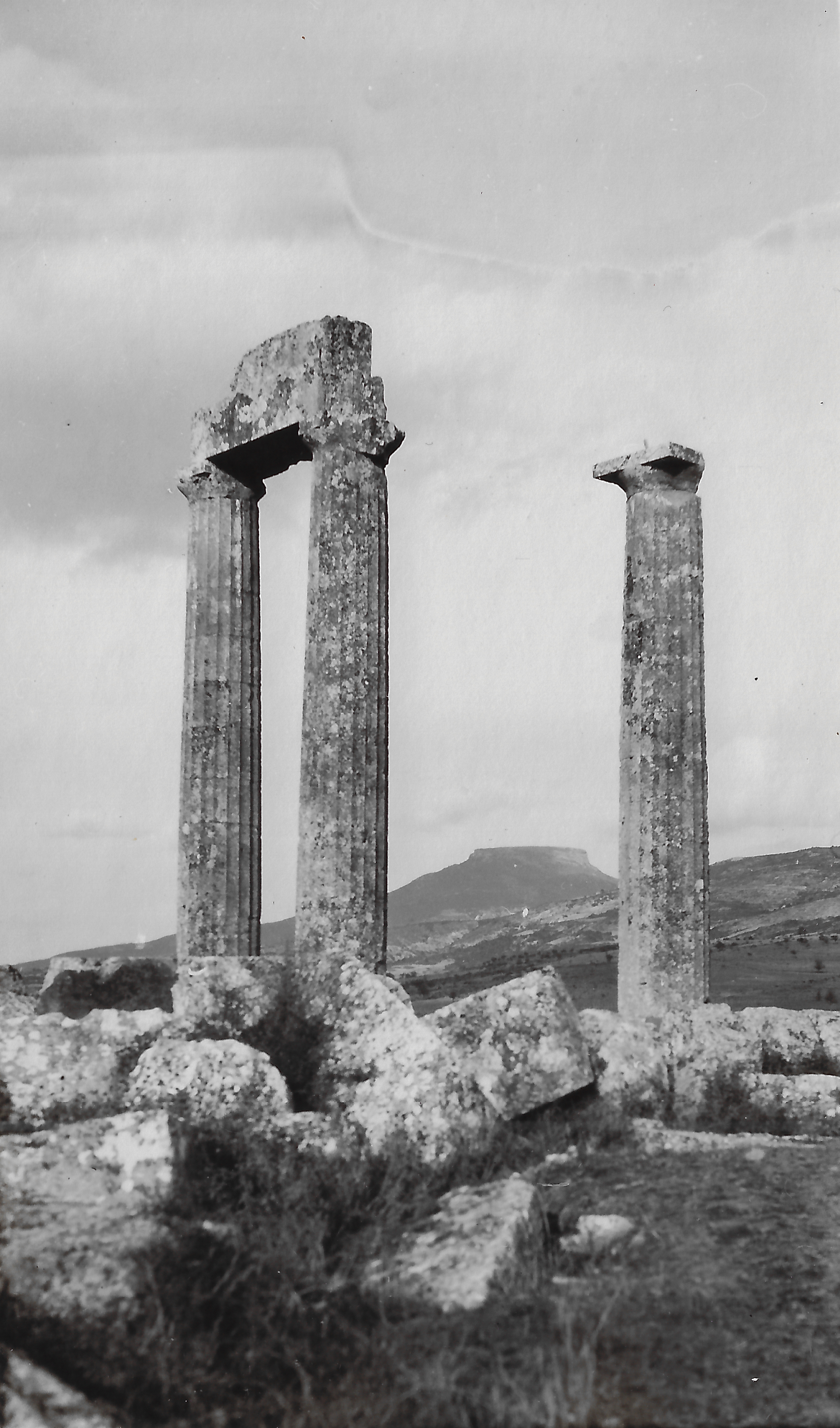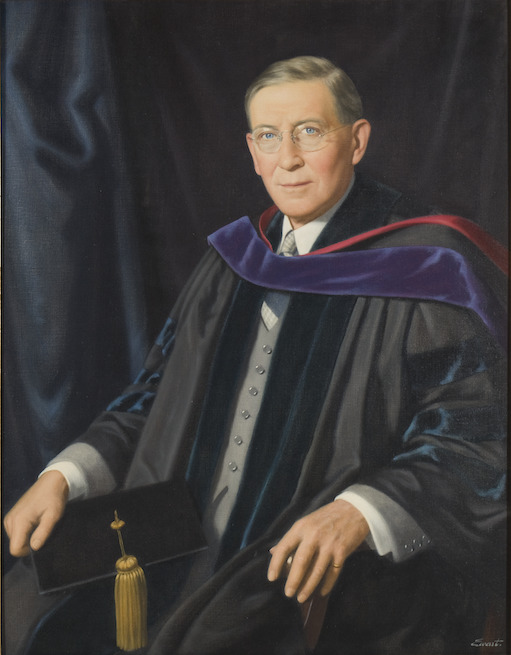The Cincinnati Expedition to Nemea
William T. Semple, the chair of the Department of Classics, traced the origin of the Nemea expedition to 1923. In a small, privately published pamphlet, he wrote that Edward Capps, the chairman of the Managing Committee of the American School of Classical Studies at Athens (ASCSA), visited Cincinnati in March of 1923. Along with Capps came Ralph van Deman Mogoffin, president of the Archaeological Institute of America, in an effort to revitalize the local Cincinnati chapter of the AIA. Capp also may have come because he and Semple knew each other from Princeton, where Capps was Semple’s dissertation advisor in 1910.
Among the topics they discussed was the possibility of UC Classics sponsoring an excavation. Not only was Capps enthusiastic about the idea, but so was the greater Cincinnati community – Semple and his wife Louise Taft Semple raised $5000 towards an excavation, and the contributions ranged from over $1000 to $2. When the director of ASCSA, Bert Hodge Hill, visited Cincinnati in the fall of that year, he agreed to select a site, but while he would be in charge of the excavation overall, the field director would be his assistant director, Carl W. Blegen. The site chosen was Nemea, previously explored by the French; they gave their claims to the site back to the Greek government who then allowed the Americans to excavate. While they did not know it at the time, this was also Semple's first step in bringing Blegen to join the Classics faculty at UC in the fall of 1927.

